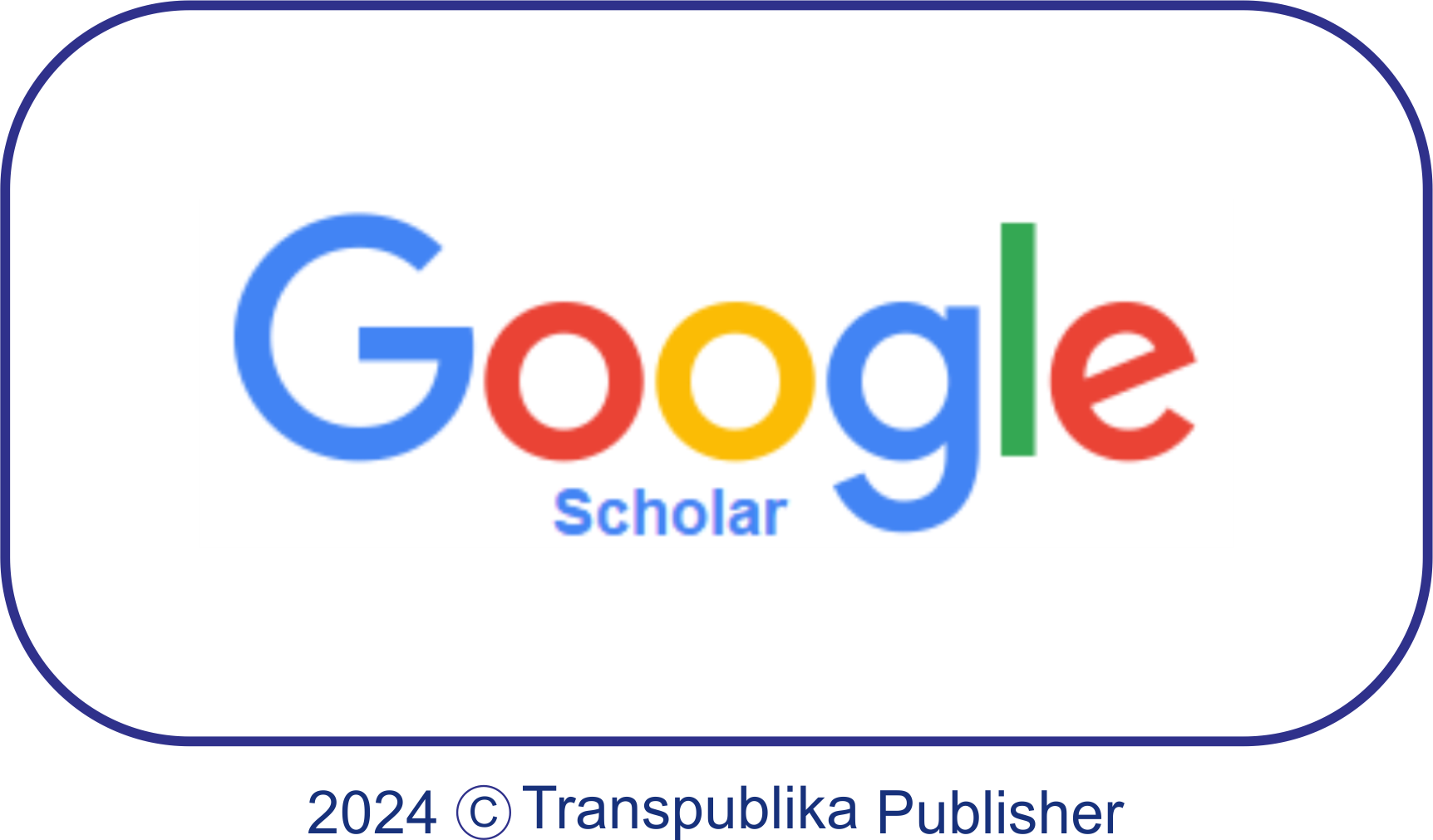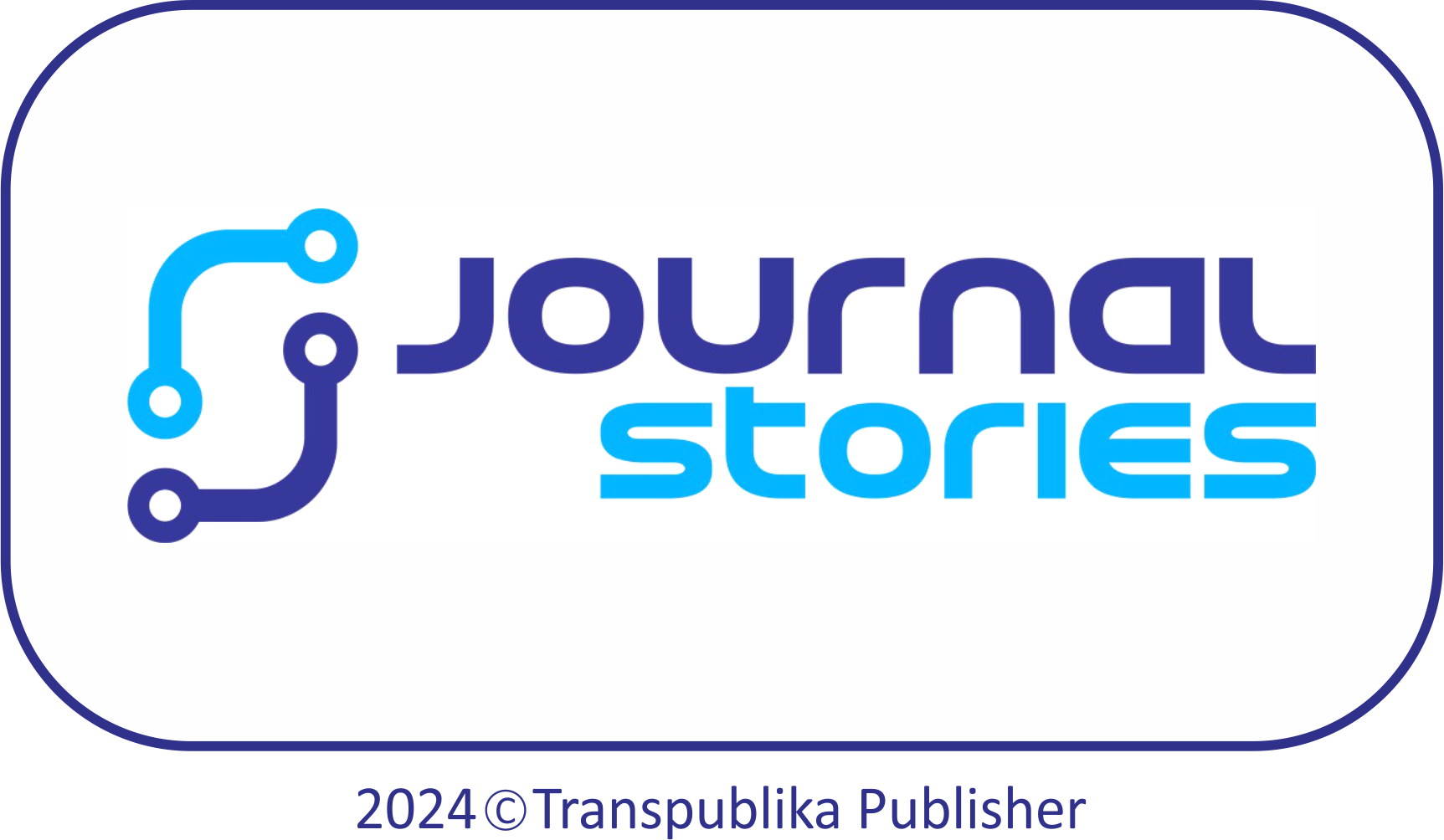1.png)
Author Guidelines
The authors need to follow the guideline below:
A. General Requirements
The minimum standard requirements of Jurnal Riset Pendidikan dan Pengajaran (JRPP) are as follows:
- Written in Bahasa or English.
- All submitted papers must not have been previously published or submitted to the other journal.
- The submitted paper is 3500 - 6000 words.
- The paper must consist of a minimum of 5 and a maximum of 20 pages
- Using APA Style for reference and suggested using tools such as Mendeley, Zotero, etc.
- Make sure that the paper is written using the JRPP Template.
B. Structure of The Manuscript
The manuscript must follow the structure of Jurnal Riset Pendidikan dan Pengajaran (JRPP) are as follows:
- Title (Pendahuluan). Ensure that the paper's title is concise, with a maximum of 25 words, and effectively captures the main idea or ideas presented in the paper;
- Abstract (Abstrak). The abstract should be written in 150-250 words and typed in 11-point Garamond font in 1,15 spaes. It should be formatted as a single-spaced paragraph with justified alignment. The abstract should cover the introduction, gaps, research aims, methods, and main findings. Please refrain from using unfamiliar abbreviations and citations. Keyword (Kata kunci) is also included in this section separated by commas with maximum 5 keywords;
- Introduction (Pendahuluan) - Write the article in accordance with the specified writing format, including using 12-point Garamond font with 1.5 spacing in justified alignment. Ensure that the margins and other formatting elements adhere to the provided template. Additionally, incorporate relevant findings from previous studies in the literature review to establish a solid theoretical foundation. Present the information in multiple paragraphs without creating subchapters;
- Literature Review (Tinjauan Pustaka) - Researchers need to offer a comprehensive description of the literature review utilized. They must begin by defining the scope and objectives of the review, establishing precise limitations, and identifying key concepts, theories, and variables relevant to the research subject;
- Method (Metode Penelitian) - Researchers need to explain in detail how to conduct the research. In this section, the research design, research time, population and sample or subject, instruments, and data analysis procedure must be elaborated clearly in several paragraphs;
- Results and Discussion (Hasil dan Pembahasan) - The findings from the research are outlined in this section, followed by a systematic discussion that progresses from general to specific. It is important for the results and discussions to be closely linked with the theoretical framework. In this section, the researchers can add a subchapter if needed;
- Conclusion (Kesimpulan) - The Conclusions section is crucial as it addresses the research objectives and demonstrates the progress made in the field. Without clear Conclusions, it becomes challenging for reviewers and readers to evaluate the work's worthiness for publication. Avoid duplicating the Abstract or merely listing experimental results. Instead, offer a scientific rationale for your work, highlight potential applications and extensions, and propose future experiments or ongoing ones;
- Acknowledgement (Ucapan Terimakasih) (optional) - The author may choose to include an acknowledgment section. It is important to recognize the contributions of those who supported the research, particularly the funding sources. This includes advisors, financial backers, and suppliers who provided materials;
- References (DaftarPustaka) - The author must add a minimum of 15 references, which consist of 60% references from journal papers. References are written in APA style. Reference manager apps (such as Mendeley or Zotero) are suggested.




.png)


.png)
.png)






.jpg)








